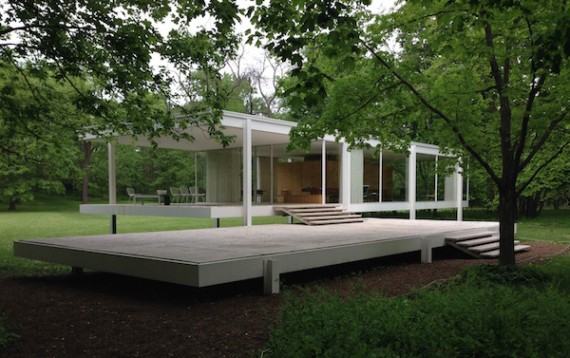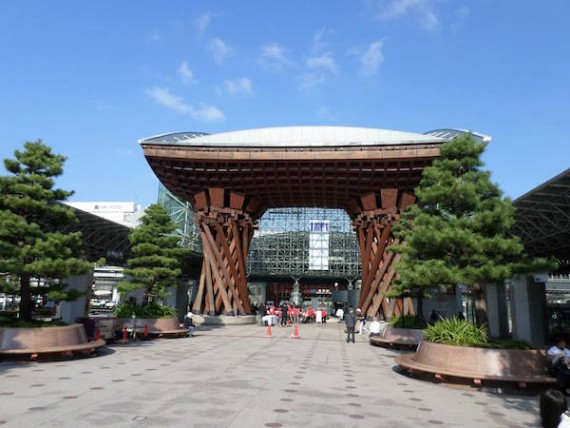
Week 10 Prompt: Weather
In the film-musical My Fair Lady, Eliza Doolittle’s companions at Ascot were warned to limit their conversation to “the weather and everybody’s health.” While Prof. Higgins had ulterior reasons for making this suggestion, it remains true that the weather often drives small talk and casual chit-chat. Both generic and intangible, the weather unites us with our neighbors in lived experience. We all have something to say about it, because it impacts each of us in our own way: from flooded lawns, to flowers that need watering; from garden vegetables wilting in the heat, to seemingly unshakable winter temperatures. This week, pay attention to the weather — both as a meteorological phenomenon and as an object of common discourse. Take a picture of the sky on (what feels like) a typical day. Then, tell us how people treat the weather. Is it a topic of common conversation? Do people often complain about it, or is the weather loved and celebrated?
Ryan Hildebrandt
The weather in Japan varies widely by region, from the tropical islands in the south to the snowy mountains in the north. But no matter where in Japan you find yourself, the weather plays a very important and perhaps unexpected role. Talking about the weather in Japan is similar to how it’s talked about in the West; small talk, ice breakers, pleasant observations. But in Japan, this is taken a step further, with written letters to anyone often opened and concluded with an inquiry about the weather (more taken as a sign of seasonal change than the particular day). Weather finds itself into all sorts of Japanese poetry, literature, artwork, folk stories, and proverbs. Weather also can be fond in Japanese religion, namely in Shinto, where the weather can be thought of as being in tha hands of the gods as well as out of their control, and sometimes just the work of mischievous spirits. But many days I spent in Kyoto looked like the photo here, clear and sunny with just enough shade to stay comfortable.

Allison Zengilowski
Currently, it is summer in Australia. The weather has been between low 70’s to upper 80’s almost every day, making for an enjoyable beginning to what is typically a rather cold semester.
Australia is a rather outdoor-centric country, thus, the weather is an important aspect of daily life. When speaking with my American friends, the conversations regarding the weather tend to be centered around what we should wear (we’ve never had this warm of weather in February and March!) or how bizarre it is to be sweating just walking outside in what is typically our winter. However, many of my Australian peers are avid surfers, a perk of living in the residence hall with a five-minute walk to the beach. When speaking with them about their days or their surfing endeavors, they will almost always determine a surf to be good or bad based on the weather. Temperature aside, the wind is a strong indicator of how their outings go. For if the wind is too strong, it will make the waves strong and surfing difficult; however, if the wind is weak, the waves will not be large enough to facilitate a good ride.
Perhaps due to the fact that I do not participate in sports that are weather-dependent, my main view of meteorology is centered around what I’ll be wearing or what I’ll be doing that day. For many of my friends in Australia, the weather is not just a side note, but rather, it is a key player in their daily activities.





